Businesses everywhere depend on quality writing. Now, you don't need to spin sentences together like Steinbeck or build suspense like Crichton, but you do need to keep readers engaged and draw them in. In the world of modern copywriting, that takes a set of rules you'll learn. In fact, here are seven principles for turning yourself into a compelling copywriter.
One of the biggest principles you need to learn sooner rather than later is copywriting differs across mediums. The way you write copy for Twitter marketing varies from how you write it for LinkedIn, Facebook and your company blog post. However, the sooner you learn to craft content based on the medium the easier it will be to connect with your target audience and attract new readers. According to Breakthrough Advertising by Eugene Schwartz (and posted on Search Engine Land), there are five levels of awareness with regards to consumers knowing about products and services offered by a business. The knowledge of what someone knows directly influences the kind of content written and the medium used. The more aware a customer is the more direct the copy needs to be. The more unaware a customer is the more indirect stories the content needs to be. 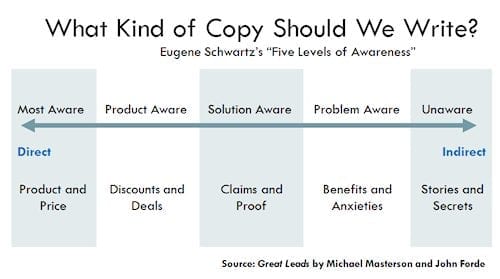
(Source)
No matter the quality of your written word or the content you put out, it doesn’t matter at all if those who come across the copy never open it in the first place. There are a number of ways to help build attraction between potential readers and posts, but nothing is more important than a headline. According to Upworthy and reported by Write My Site, a blog post's headline has more to do with the success of copy than anything else within the article itself. In fact, by making the title more attractive it can boost viewership by 500 percent. According to Conductor, headlines with numbers perform the best (32 percent of men and 39 percent of women prefer posts with numbers). The next best performing headline preference is those directly addressing the reader (with 22 percent of men and 20 percent of women preferring these kinds of posts). 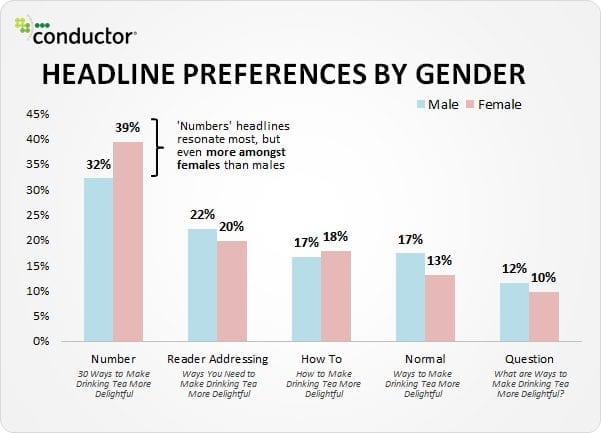
(Source)
When marketing with video, the shorter the video the better it performs with an audience. YouTube videos are more likely to do well when the material is two to three minutes in length versus 10 to 12 minutes in length. It’s also why social media services like Snapchat, Instagram, and others now specialize in videos around five or 10 seconds. While all of this is true with video, it’s exactly the opposite when it comes to copywriting. To fully realize breakthrough advertising, you need to understand how the length of your copy makes a big difference while influencing the number of social shares it receives. According to Snap Agency (2017), the best performing posts are more than 2,500 words in length. The next best performing post is 2,000 to 2,249 words. In fact, the shower the post, the fewer the average social shares. 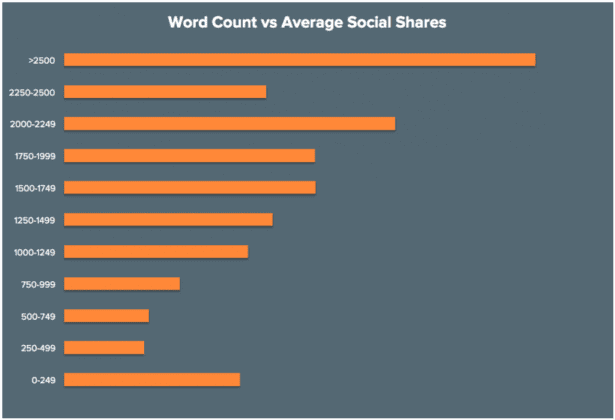
(Source)
As Snap Agency also points out, the length of a blog post isn’t just beneficial based on social shares. It also influences Google’s algorithm. Google is more likely to rank posts of more than 2,000 words on the front page of search results than posts of any other length.
The content needs to click with the reader and draw them in. The reader needs to feel some kind of an emotional attachment to the blog, or at the very least agree with the information presented within the post. By doing this, a reader not only becomes more likely to share the post with others on their social media accounts, but they also become more likely to subscribe and return for future posts. As Neil Patel points out, building trust with readers is done in a four-step approach.
First, there is demonstrating awareness. This indicates to the reader that you, the writer, understands what they are going through or the problems they are facing. This can be anything from having problems keeping a lawn green to finding a properly fitting shoe. The next step is demonstrating understanding. Awareness and understanding go hand in hand and, can often be demonstrated at the same time. The third point is to demonstrate a believable option to correct the problem or to address the issue. Now that the reader has connected with the content, they are more likely to believe this information. The final stage is to take action. This is where you include your strong call to action. A strong CTA sets the stage and prompts the reader to do what it is you’re interested in. Whether this is to subscribe to your newsletter, fill in their email, make a purchase or download the free e-book, by following these building blocks in a well-written post it becomes that much easier to boost your ideal results. 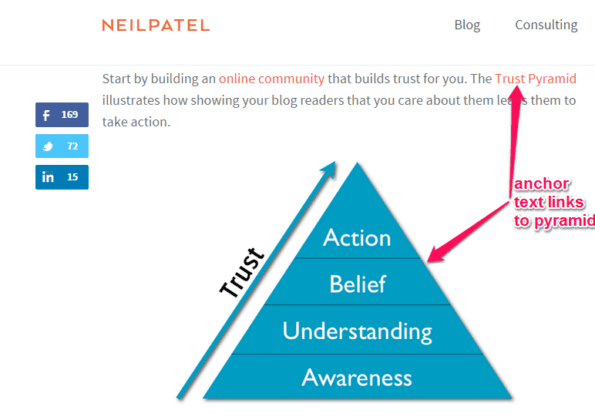
(Source)
The quality of your content will bring readers back. However, the vast majority of individuals who come across your content will not be subscribers. They will be people who happen upon your content through search engines, shared posts on social media and via other methods. These individuals want quick bites of information, and they want visuals. According to the Social Ms, content containing relevant pictures experiences a 94 percent increase in views than posts without images. As this nearly doubles the number of views a post receives it also helps increase social shares. In fact, written copy with visuals sees a boost by 150 percent of Twitter shares. 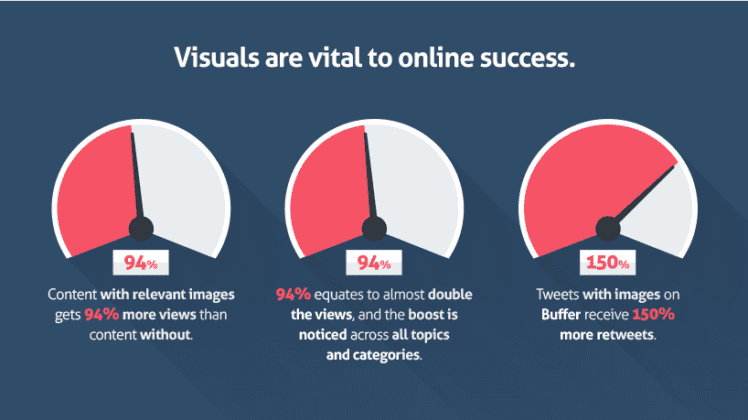
(Source)
Breaking content up with visuals instantly attracts readers and makes it easier to scan through the blog post. As readers are more likely to scan the content first to see if they want to spend more time reading the blog if you don't have visual aids to support the text your viewership will suffer. No matter the quality of the content, images are critical in becoming a compelling copywriter.
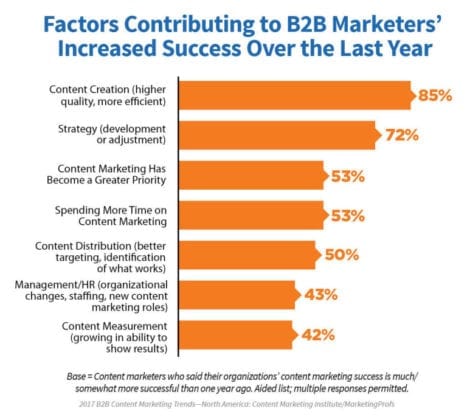
Copywriting
Copywriting is no longer about pumping content out as quickly as possible. While posting frequency does play a role in bringing in additional traffic (the more blog posts you have the more backlinks you have sending traffic back to your site and the more opportunities to be sourced by Google), it’s all for not if you do not produce quality content. The old saying for marketing is content is king. In modern copywriting, though it's quality is king. Search engines are now able to identify quality content more now than ever before. This is one of the reasons why longer content performs better on search engines and receives more social shares. According to Copywriter Today (2018), 85 percent of business-to-business marketers said quality content leads to improved advertisement success with their firm. This is 13 percent higher than the next influential factor (strategy) and 32 percent higher than the third performing factor (content marketing being a greater priority).
(Source)
All of this points to the importance of spending time on the content and doing what you can to create the highest quality posts possible.
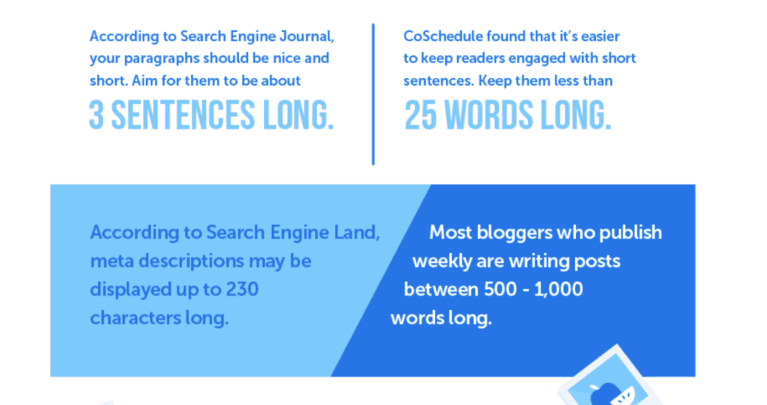
Copywriting
Writing a blog post or any other copywriting format is different from writing a college essay or even print. When writing for print there’s no recommended length for a paragraph. It’s as long as it needs to be. Some modern authors use shorter paragraphs, but for the most part, paragraph length has little influence on whether a book sells or not. However, white space is very important with copywriting. White space refers to the spaces in between paragraphs, images and other content on a page. It also makes it easier to scan a post and to take in the necessary information prior to reading the entire post. According to Search Engine Journal and reported by CoSchedule, the average copywriting paragraph should be around three sentences long with the average sentence no longer than 25 words. This keeps most paragraphs down to four or five lines in length (depending on the screen size). Even the placement of visuals is important as the best performing posts have a picture every 200 words or so.
(Source)
It’s all about drawing a reader in, keeping them engaged, and making it easier for them to follow along and skim through the post. This way, they know if they should invest more time reading the entire post or if they should skip on to the next article.
Copywriting in itself is a unique art form. Its part creativity part selling and a stroke of ingenuity. The more you write the more you’ll learn and fall into your own skill sets. You’ll learn what works for your business and what doesn’t. All of this put together will allow you to become a compelling copywriter. Taking advantage of these seven principles will just help you reach that point quicker.